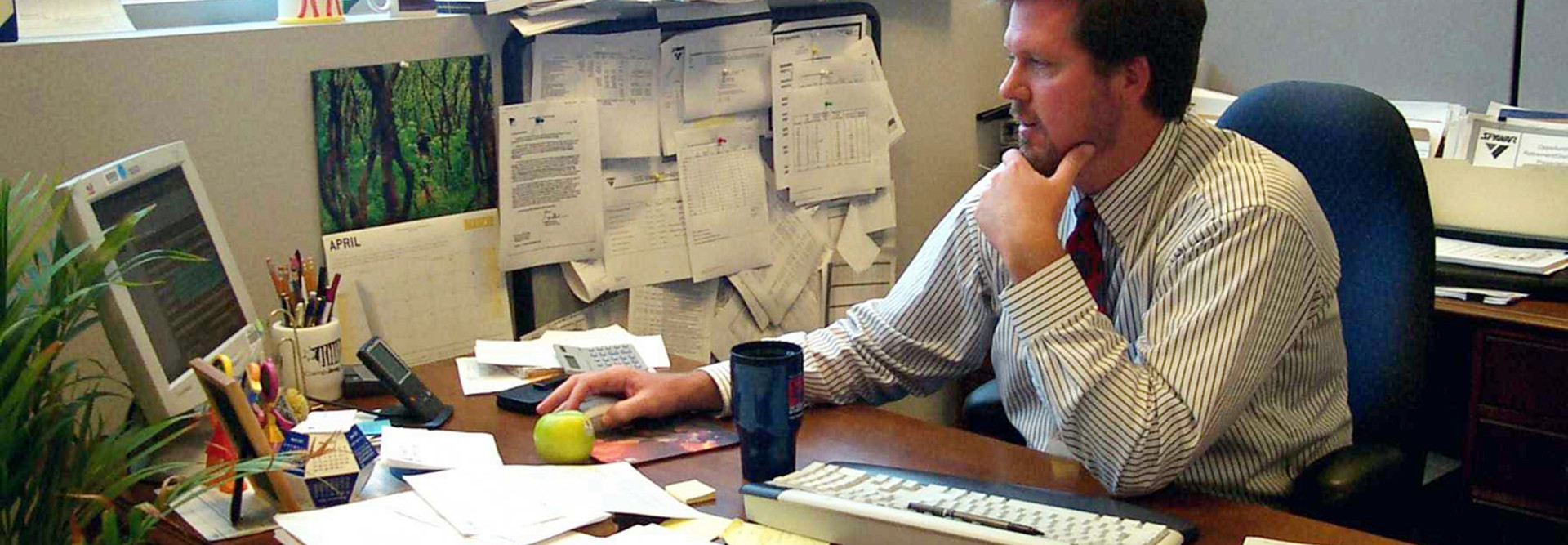Cultural Opposition to Modernizing Federal IT May Be Overblown
The White House continues to push for its $3.1 billion IT modernization fund, and underpinning that effort is a belief that the federal government needs to shake up how it procures and modernizes technology — and that some elements of the government are resistant to or fearful of change.
Social Security Administration CIO Rob Klopp says that agencies are not overly worried about the costs of such an undertaking and that the belief that the government is culturally resistant to moving into the 21st century is unfounded.
“All of this talk about culture being a giant barrier to moving forward is really, you know, kind of a bunch of fluff,” said Klopp, who joined SSA 18 months ago, according to Federal News Radio. “I think that if you give people the right tools and give them the right modern environment to go to work in and give them permission to go act like they work in Silicon Valley, instead of inside the Beltway, basically you’re going to get the same kind of work out of them that people get out of people in Silicon Valley.”
Earlier this month during the ACQUIRE Conference and Expo in Washington, D.C., Klopp said IT workers are eager to work with modern technologies. “Programmers are geeks, whether they program in COBOL or Node.js,” he said during a panel at the event, according to Federal News Radio. “What I found was that when I came to these folks and said, ‘Look, there’s a new way of doing this, and you probably missed a couple of generations, let’s just skip to a modern way of doing things,’ I found the excitement was palpable. These people were really excited about it.”
Klopp acknowledged that there will always be some people who are resistant to change, but that’s alright because “the old stuff is going to be around for a while.”
Moving Into a New Era
At an event after the ACQUIRE conference, federal CIO Tony Scott lamented that the federal government spends roughly 80 percent of its $80 billion annual IT budget on maintaining legacy systems, many of which were designed to automate processes, some of which are decades old.
The rest of the IT budget often gets gobbled up by new requirements from Congress, leaving “precious little” for upgrades and replacement, Scott noted at the 2016 Brocade Federal Forum in Washington.
“That’s the world that we live in, by and large,” he said. “Now that’s kind of crazy, isn’t it? When you see this at scale, the scale of the federal government, you go, ‘Holy cow, this is insanity! We shouldn’t be doing this.’”
Scott said the $3.1 billion fund, officially called the Information Technology Modernization Fund, or ITMF, is designed to shake up the federal IT spending and investment culture, in which thousands of agencies, bureaus and program managers focus on securing their budget fiefdoms. Without a new structure, he argued, agencies will not be willing to change their budgets or pool resources for governmentwide modernization efforts.
“We all realize we want to get to the cloud. We want to have fewer data centers. We want to have a more efficient spend. We want to have a whole bunch of things,” Scott said. “But what I know after a year and a half is we’re not going to get there if I have to go tin cup around to 7,000 different programs, and say, ‘Everybody donate a little blood here to make this happen.’ It’s way too time-consuming, and the chances of success are really, really small, even if everybody agrees that it’s the right thing, which I think we actually have broad agreement on.”
At the ACQUIRE event, Transportation Department CIO Richard McKinney said that federal IT workers are more willing than program managers to get on board with modernization and can be helpful in bringing reluctant officials around.
“I think the technical community, they like the new car too, they like the new tools,” McKinney said, according to Federal News Radio. “If there’s any cultural resistance it’s more at the programmatic level of people who think it’s always worked, why mess with it? The technical folks get it, and if you can actually appeal to them and show them, ‘Hey, we can go off and do some exciting stuff,’ and get them on your side, that helps a lot. If there is any cultural resistance, the geeks can help you quite a bit.”
Pushing for the Modernization Fund
Under the fund, agencies would present business cases to an independent board made up of IT experts, business process change specialists and procurement officials. The board would review the business cases and approve funding for the upgrades to applications and IT infrastructure.
The board will specifically favor projects that improve cybersecurity, take advantage of modern technologies and architectures such as the cloud and promote the use cross-agency shared services.
The goal of the ITMF is to have agencies pay back into the fund via savings they achieve so that other modernization projects can be financed.
McKinney said the fund was more like a bank than a “grant machine,” Federal News Radio reports.
“As a CIO, I look forward to being able to make that case about a system and its replacement and the [return on investment] to a body of folks who are in that business and understand. … Being able to make your pitch to people who have lived in your shoes and understand what you’re saying, it shows a great deal of promise,” McKinney said.
The fund provides a way for government to “take a long-term look at trying to retire the technical debt” that’s grown over the past few decades, Klopp said.









